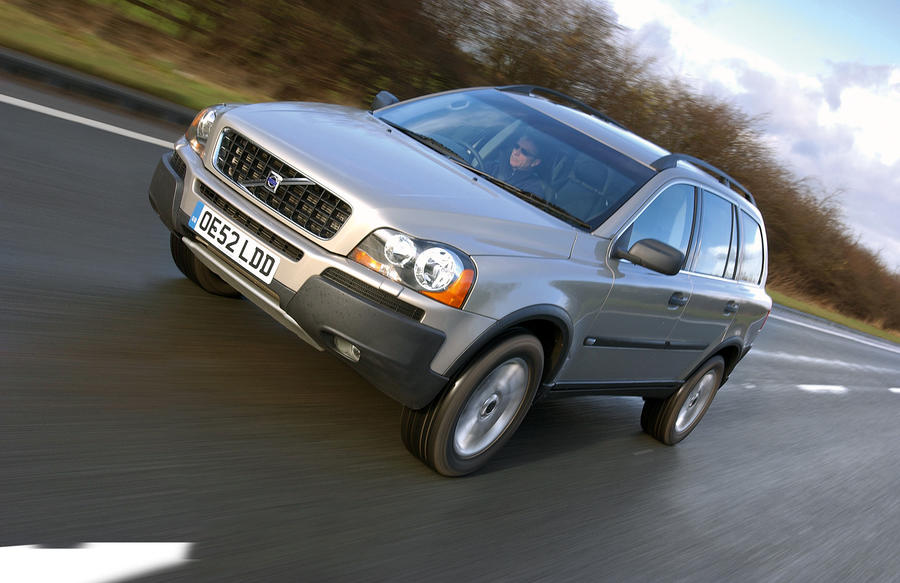The Volvo Volvo XC90 was a real gamechanger. Not only did it represent a significant new step for Volvo, as its first SUV, but it also played a major role in changing the overall market.
Previously, the MPV ruled the family car roost, but with the XC90, buyers began to drift out of the dowdy people carrier and into the ‘lifestyle’ SUV. The age of the SUV had truly begun.
Unveiled at the 2002 Detroit motor show, the XC90 was the largest car based on the P2 platform, which was also used by the Volvo S80 and Volvo S60 saloons and the Volvo V70 and Volvo XC70 estates. Modern car life cycles average about six years, but the original XC90 carried on for a staggering 12 years with the help of facelifts. Comfort, versatility and safety remained key selling points throughout its tenure.
It was spacious enough for seven people and had a then unusual folding arrangement that let you maximise boot space without removing seats. Its comfort focus was reflected in the chassis and suspension tuning, which proved well suited to soaking up big mileage.
Many XC90s also had four-wheel drive, although it was biased to operate in front-wheel drive most of the time – and some models were actually front-wheel drive only. The XC90 was an SUV intended for Tarmac rather than mud.

The 2002 launch model kicked off with two engines. A 161bhp 2.4-litre diesel D5 proved very popular in the UK, but there was also a twin-turbo 2.9-litre petrol T6 with 268bhp and 280lb ft. A more conservative 210bhp 2.5-litre petrol T5 model was added in 2004, at which point the D5 was uprated to 183bhp.
In 2006, the first XC90 facelift came along, with exterior design changes and higher-quality interior trim. The T6 moved up to a 3.2-litre unit, but the range-topper by then was a 311bhp 4.4-litre V8. R-Design spec arrived in 2009, before a furtherimproved 2.4-litre diesel joined the line-up a year later. A final D5 diesel was added in 2011. (Unsurprisingly, the D5 is the most common engine in the classifieds.) The model received a second and final facelift in 2012 before it was replaced in 2014 by an all-new second generation XC90.






















Add your comment